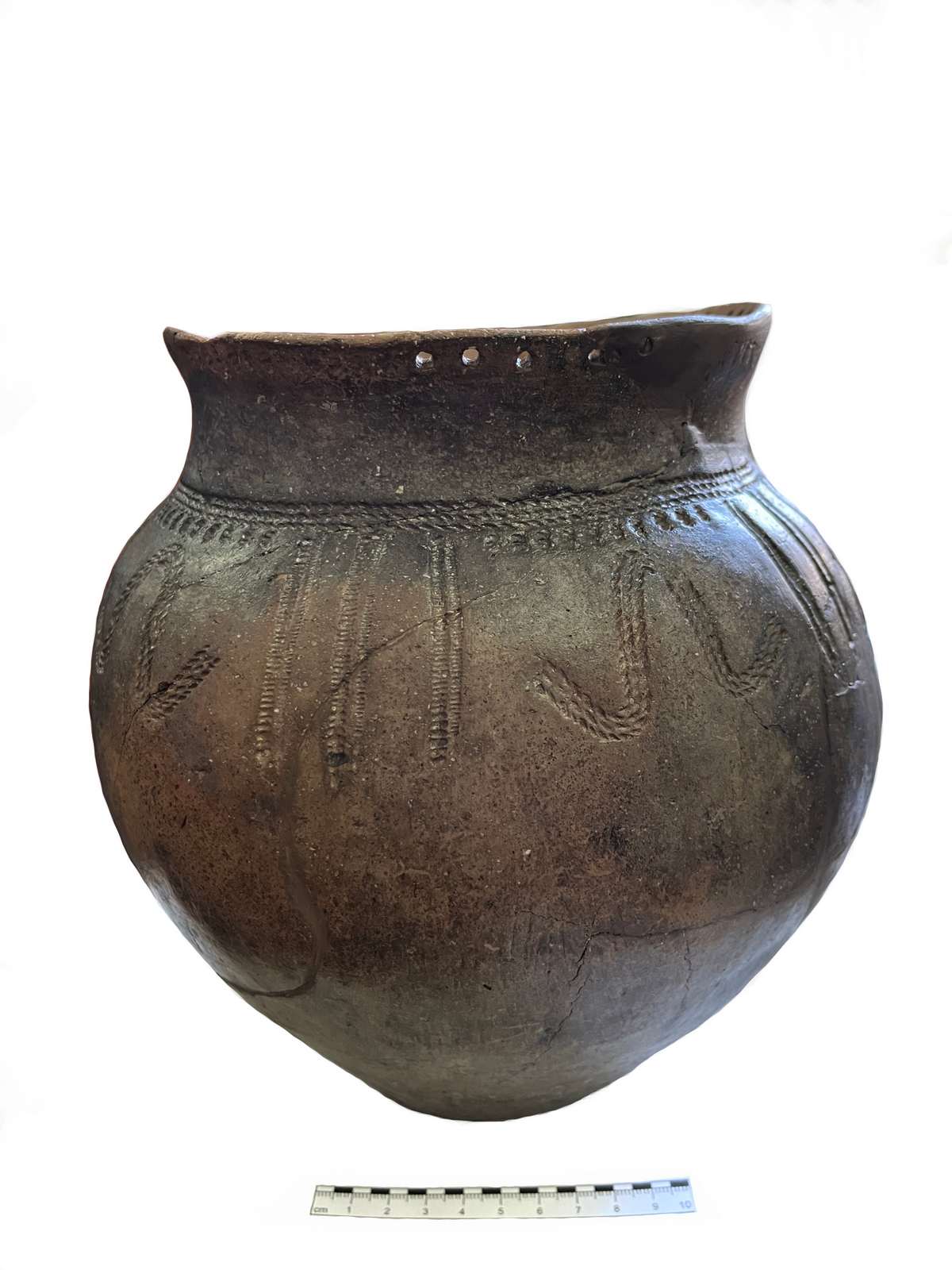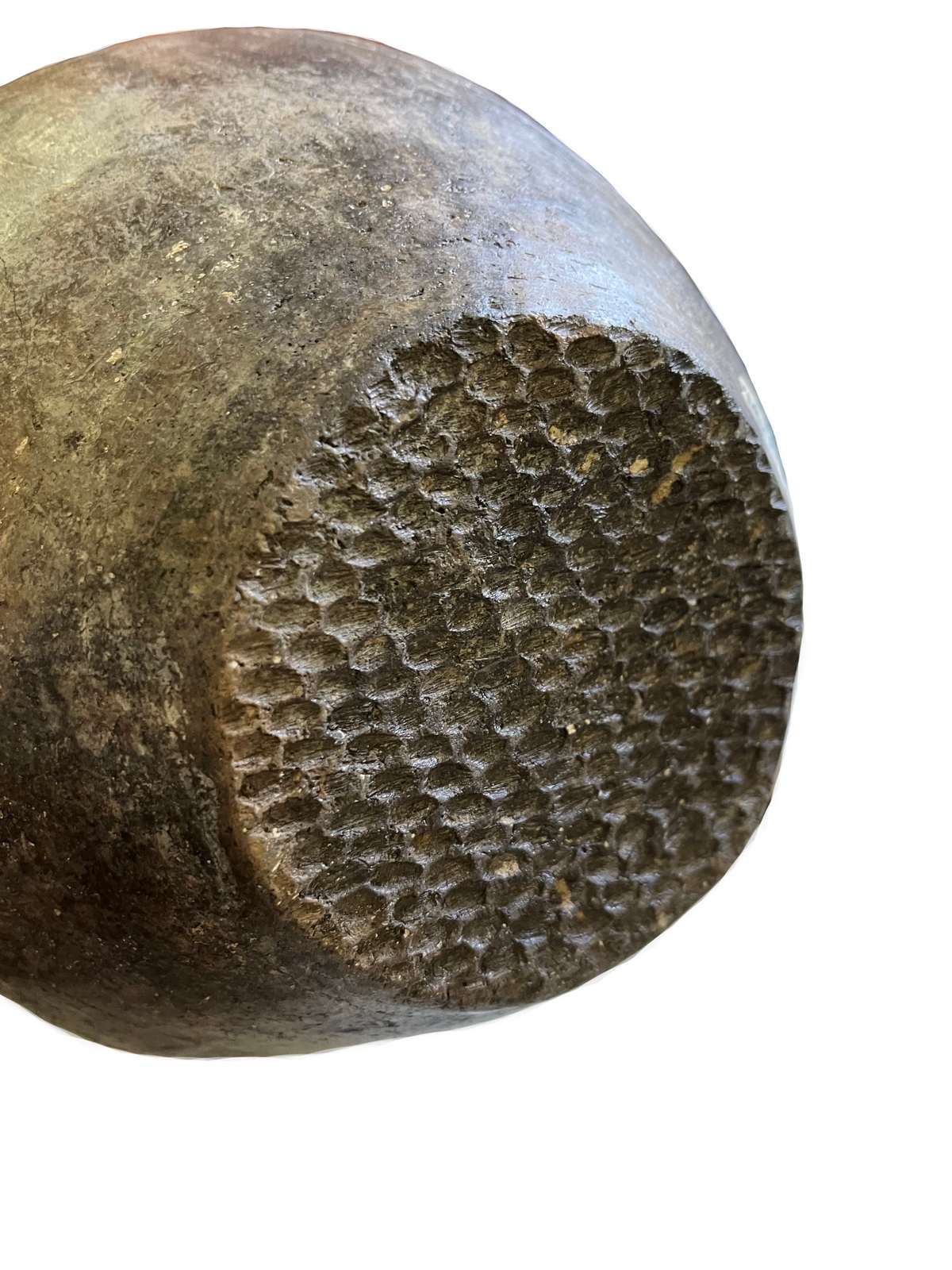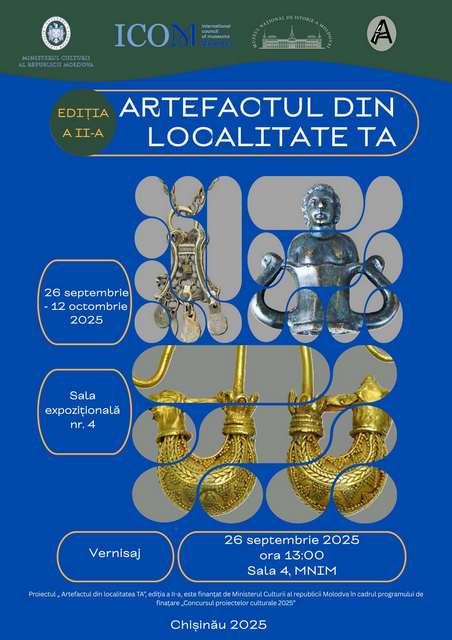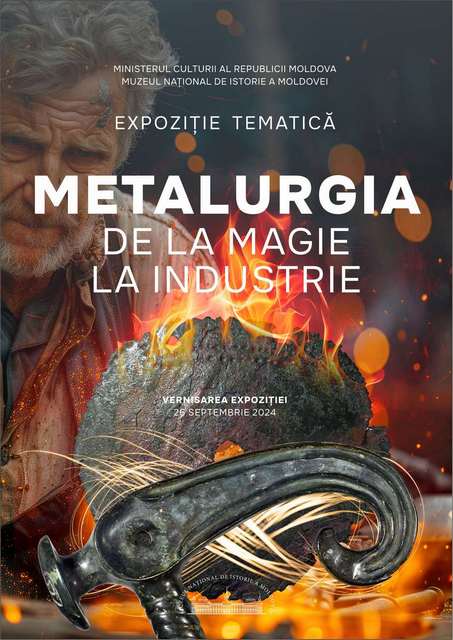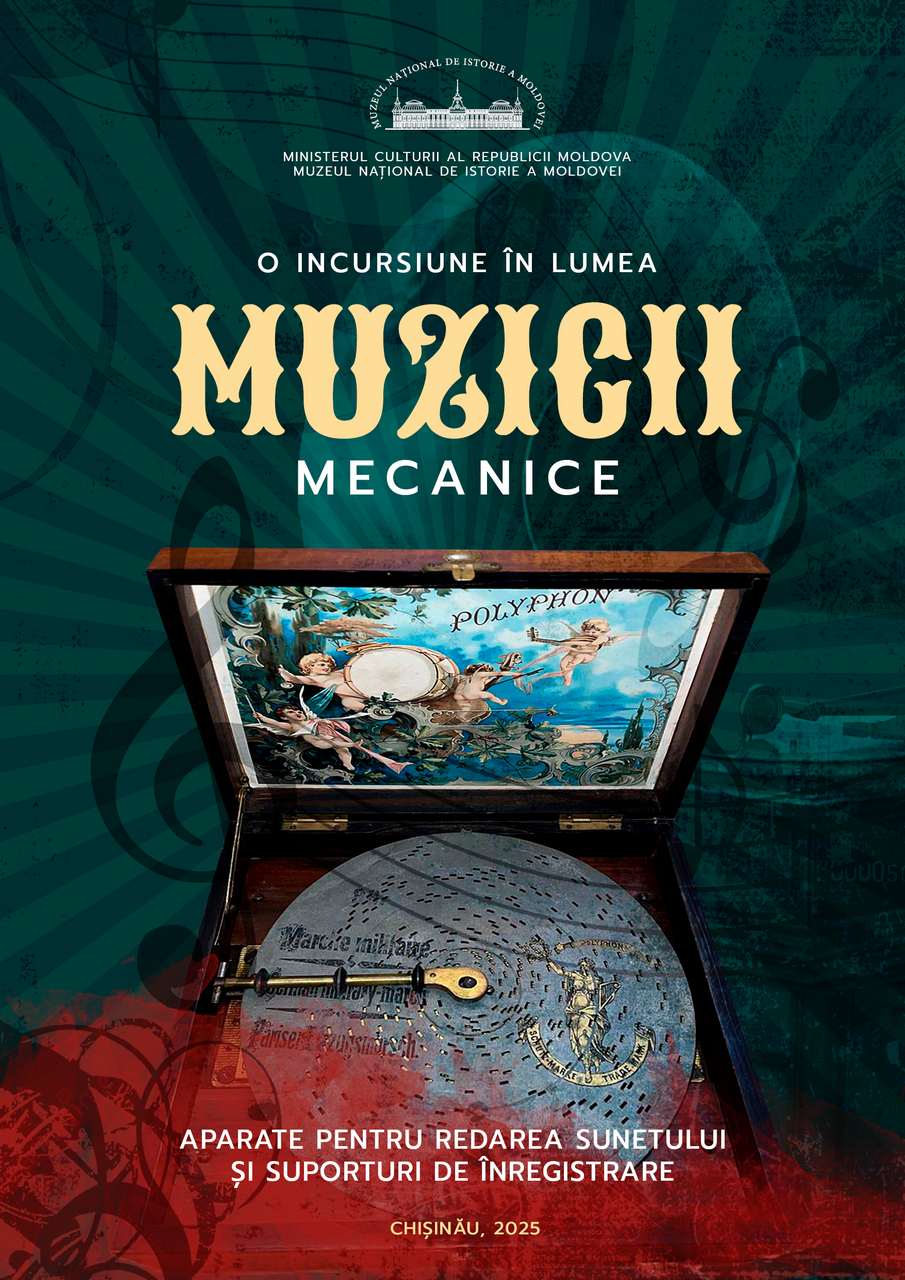
With origins tracing back to antiquity, mechanical music has evolved over more than two millennia, incorporating the most advanced achievements in mechanics and natural sciences. It has captivated scientists, engineers, masters of precision mechanics, renowned musical instrument makers, and watchmakers alike.
The creative interplay between art and technology gave rise to mechanical musical instruments-devices that reproduce music through autonomous or assisted processes, using mechanisms that read a musical score inscribed on a medium and are powered by wind, hydraulic, or electric energy.
The National Museum of History of Moldova holds a significant collection of automatic musical devices and analogue audio records-over 1,000 pieces produced across Europe, America, and Asia, dating from the late 19th century to the 1990s. Showcasing this collection is essential to making it accessible to the public, sparking curiosity, knowledge, and appreciation for global cultural heritage.
The exhibition A Journey into the World of Mechanical Music invites visitors on a visual and auditory exploration of mechanically operated musical instruments, which have long served as powerful expressions of societal identity. It features a representative selection of over 200 objects of historical, scientific, artistic, and commemorative value from the museum's collection, complemented by key pieces from Igor Prescura's private collection. Together, they offer valuable insights into the evolution of sound recording and playback-from pin cylinders to magnetic tape.
The exhibition highlights mechanical music playback devices-music boxes, clocks and interior objects with musical mechanisms, harmoniums, gramophones, phonographs, turntables, reel-to-reel tape recorders, and cassette players. Through their performance, charm, and elegance, these instruments captivated generations. Each object, removed from its original functional context, is presented both for immediate visual appreciation-emphasizing its beauty and decorative qualities-and in associative relation to the exhibition's conceptual narrative.
The project also explores the development of music storage and playback media, with special attention given to the analogue disc. Invented in the late 19th century by Emile Berliner, the disc underwent continuous improvements in durability, size, rotation speed, capacity, and playback fidelity, becoming the cornerstone of the music industry throughout most of the 20th century. The unmistakable sound of records released by renowned labels such as Columbia Records, Parlophon Records, Odeon Records, Favorite Record, Edison Bell Record, Lifa Record, Perfection Concert Record, Electrecord, Balkanton, Bellaccord Electro, Melodia, and others, sets the tone for the entire exhibition journey.
Informative and illustrative materials complement the exhibition narrative, presenting key discoveries in the field of mechanical music, the names of pioneering inventors, and the typological diversity of automatic music devices that have become emblematic of the evolution of sound recording and playback.
 31 August 1989 St., 121 A, MD 2012, Chisinau, Republic of Moldova
31 August 1989 St., 121 A, MD 2012, Chisinau, Republic of Moldova



